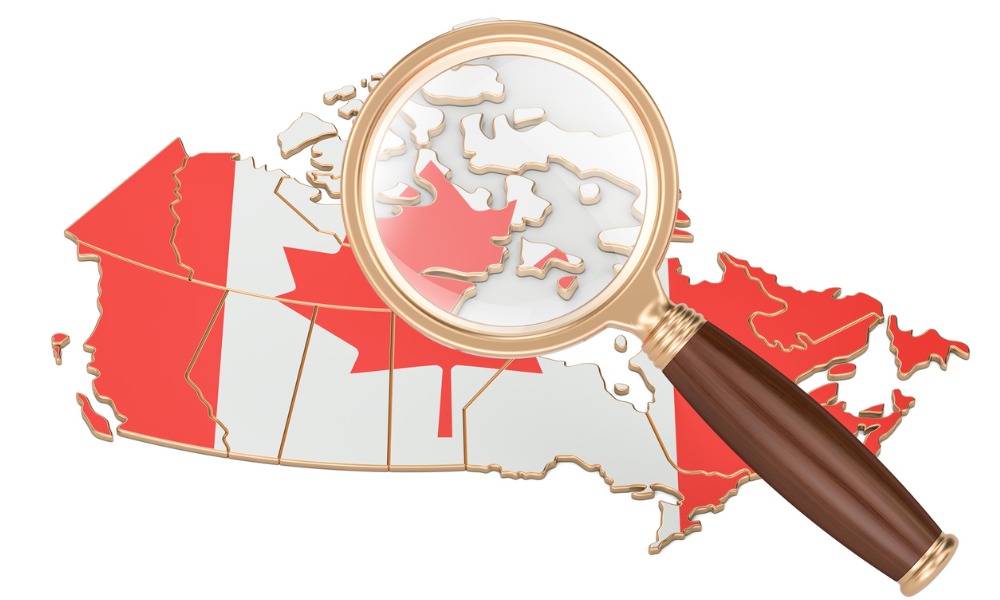
Equi'Vision data submitted by employers as part of annual reporting under Employment Equity Act

Ottawa has launched a new pay transparency website in an effort to highlight the barriers to equity experienced by women, Indigenous peoples, persons with disabilities, and members of visible minorities in federally regulated private sector industries.
The website, Equi'Vision, provides comparable data on workforce representation rates and the pay gaps, making Canada the first country in the world to make this level of information publicly available, according to a press release from Employment and Social Development Canada.
The data comes from employers with 100 or more employees as part of their annual reporting to the Labour Program under the Employment Equity Act. However, individual employee information, including data related to individual salaries, is not reported or disclosed.
By making this information publicly available, the government is looking to draw attention to the issues in Canadian workplaces that are maintaining pay gaps and preventing representation so that businesses are encouraged to act upon them, according to the press release.
"If we're going to close pay gaps and representation gaps, we have o know where those gaps are. There's no equity without transparency,” said Minister of Labour, Seamus O'Regan Jr.
The data visualization tool provides multiple data types (such as the mean and median hourly wage gaps) for each employer and allows people to compare different employers' data. They can also view aggregated data for sectors, as well as locations across Canada. Data can be displayed for all employees or for specific occupational groups, as well as using a range of additional filters.
All data displayed are based on data reported by the private-sector employers subject to the Employment Equity Act.
For example, in looking at Air Canada, the tool shows the airline has:
Since January 1, 2021, federally regulated private sector employers (with 100 or more employees) covered by the Act are required to report their salary data in a way that shows aggregated wage gap information. On August 16, 2023, the Minister of Labour tabled the Employment Equity Act: Annual Report 2022, which provides the 2021 data on employment equity in these workplaces and, for the first time, pay gap information.
The Employment Equity Act applies to federally regulated private-sector employers (e.g., cross provincial or international road, air, marine and rail transportation, banking, and postal and courier services), federal Crown corporations, other federal organizations with 100 or more employees, the federal public service, including separate agencies, and other federal public sector employers. In 2022, the federally regulated private-sector employers reporting under the Act included 566 employers and over 800, 000 employees. Overall, the federally regulated private-sector comprises approximately 19,000 employers and 990,000 employees.